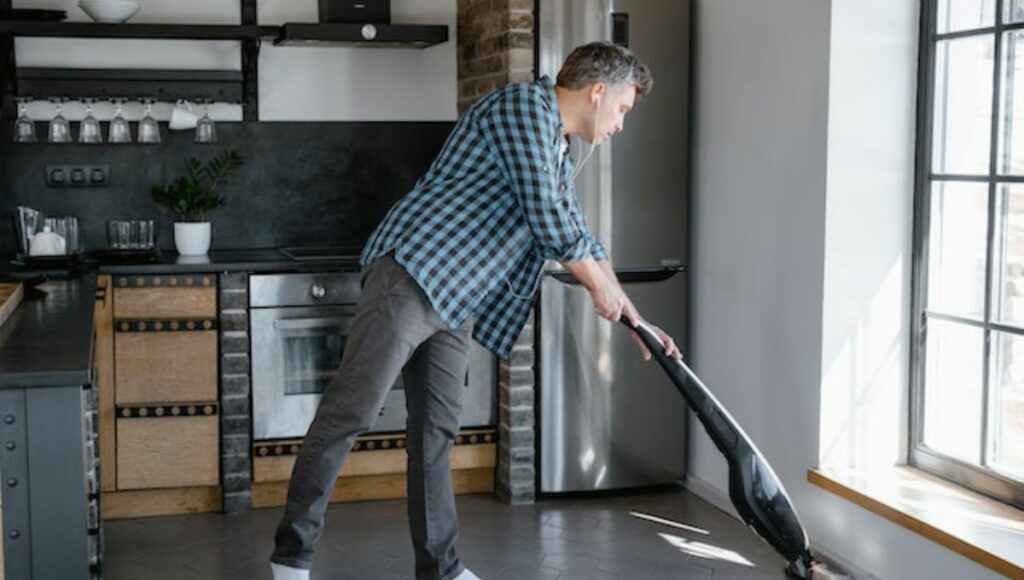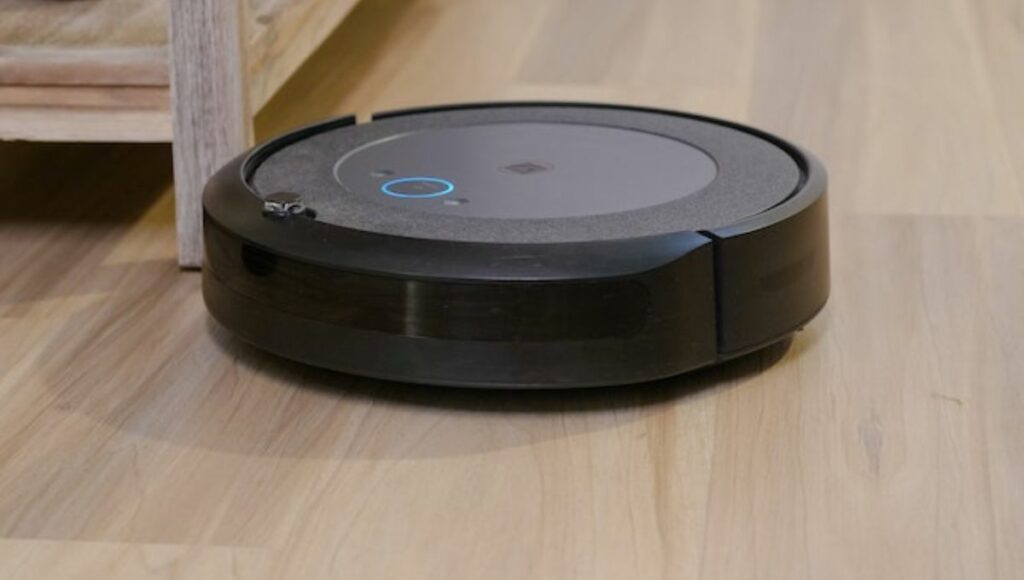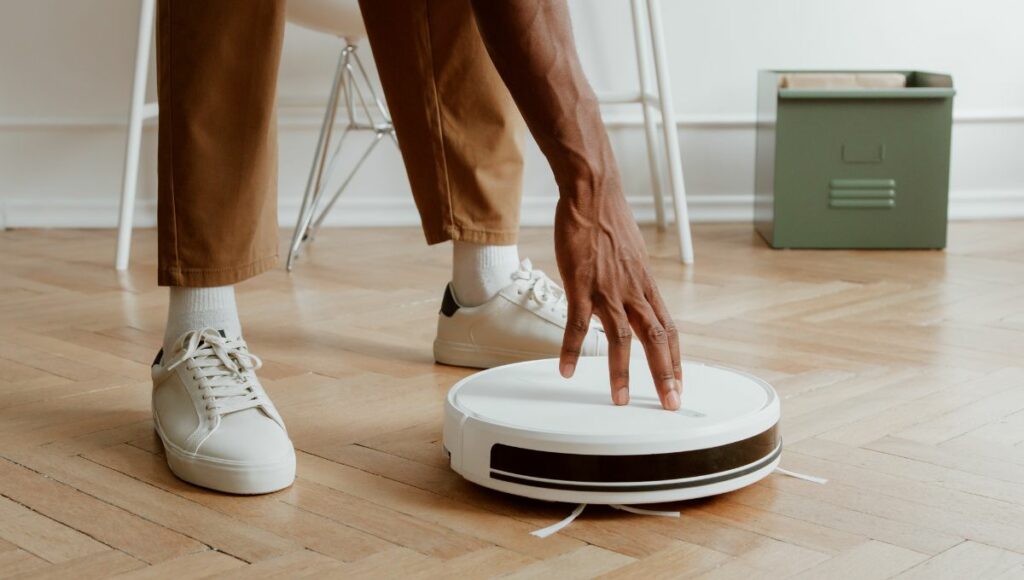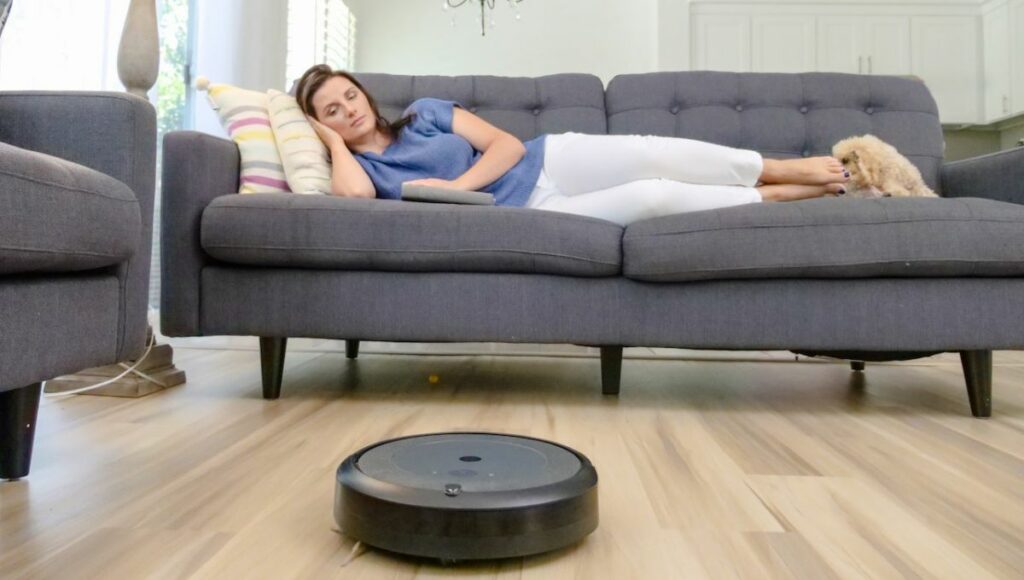Robot vacuums have become a popular choice for homeowners who want to keep their floors clean without lifting a finger. But can a robot vacuum really replace a regular vacuum? The answer is not a straightforward yes or no.
While robot vacuums can perform many of the same functions as a normal vacuum, they are not a complete replacement. Robot vacuums are great for daily maintenance and can pick up crumbs, dust, and pet hair. However, they are not as powerful as traditional vacuums and may be unable to deep clean carpets or tackle tough stains.
[lwptoc]
Can robot vacuums truly replace traditional models?

In the realm of smart devices, the robot vacuum, also known as a robot vacuum cleaner, is gaining significant attention. Unlike regular vacuum cleaners, robotic vacuums maneuver around the house autonomously, courtesy of their sensors and smart mapping capabilities. With rechargeable batteries, a robot vac eliminates the need for power cords and frequent manual intervention. This makes them ideal for those who hate vacuuming or have a time-consuming to-do list.
Yet, can these robot vacuums effectively replace regular ones like the upright or standard vacuum? Many robot vacuums are equipped with impressive suction power, akin to traditional vacuums, and can efficiently clean floors – both plush carpets and hard floors. However, their smaller size and unique design may limit their ability to clean hard-to-reach places under furniture. The noise level of these vacuums is usually lower, adding to their appeal.
Some robot vacuum cleaners, especially the more expensive models, offer features like app control and even a built-in steam mop. These robot vacs, paired with their docking station, can clean an entire house and return to recharge, ready for the next cleaning session. Yet, the need for regular maintenance remains – emptying the dustbin, for instance.
When contemplating whether a robotic vacuum can replace a regular vacuum cleaner, it’s necessary to consider the room or house size, floor type, and the amount of dirt. Combining two vacuums – a robotic vacuum for daily cleaning and an upright vacuum for detailed cleaning – often makes sense. So, while these robotic cleaners are fantastic devices for maintaining a clean floor, they might not completely replace regular vacuums in every scenario. However, they can certainly save money and time in the long run.
Benefits of robot vacuums

Robot vacuums offer several benefits over traditional vacuum cleaners. Here are some of the main advantages:
Convenience
One of the most significant benefits of robot vacuums is convenience. You can set them to clean your home automatically, so you don’t have to do it manually. You can even schedule cleaning times, so the robot vacuum will clean your home when you’re not there. This feature is handy if you have a busy schedule or are frequently away from home.
Moreover, robot vacuums are easy to use. You can control them using a remote or a smartphone app. Some models even have voice control, so you can tell the robot vacuum to start cleaning without getting up from your couch.
Self-emptying
Another advantage of some robot vacuums is self-emptying. These models come with a dock that the robot vacuum returns to when it’s done cleaning. The dock has a built-in dustbin that the robot vacuum empties its contents into, so you don’t have to do it manually. This feature is especially useful if you have pets or are allergic to dust.
Mapping
Some robot vacuums come with mapping capabilities, which allow them to create a map of your home. This feature is useful because it allows the robot vacuum to clean your home more efficiently. The robot vacuum can use the map to navigate your home, avoiding obstacles and cleaning every area thoroughly.
Maintenance
Robot vacuums require less maintenance than traditional vacuum cleaners. They have fewer moving parts, so there are fewer things that can break. Moreover, some models have washable filters and brushes, so you don’t have to replace them as often.
Other advantages
Other advantages of robot vacuums include:
- They’re quiet, so they won’t disturb you or your pets.
- They’re compact, so they don’t take up much space.
- They’re eco-friendly, as they use less energy than traditional vacuum cleaners.
In conclusion, robot vacuums offer several advantages over traditional vacuum cleaners. They’re convenient, easy to use, and require less maintenance. Consider getting a robot vacuum if you’re looking for a new vacuum cleaner.
Limitations of robot vacuums

Robot vacuums have come a long way in recent years, but they still have some limitations you should consider before purchasing. This section will discuss robot vacuums’ mobility issues and cleaning power.
Mobility issues
Robot vacuums are designed to navigate obstacles and furniture, but they can still have mobility issues. For example, they may get stuck under low furniture or struggle to navigate cords and wires. You may need to do some prep work before using a robot vacuum to ensure it can navigate your space without getting stuck.
Cleaning power
While robot vacuums can be great for regular maintenance cleaning, they may not have the cleaning power needed for deep cleaning or tackling large debris. They also may not be as effective on hard flooring as they are on carpeted surfaces. Additionally, some robot vacuums may not have as powerful suction as traditional vacuums, which can impact their ability to pick up dirt and debris.
It’s important to note that not all robot vacuums are created equal. Some models may have more powerful suction or be better suited for hard flooring. Before making a purchase, it’s important to research different models and read reviews to find one that will meet your cleaning needs.
In summary, while robot vacuums can be a convenient tool for regular maintenance cleaning, they may not be able to replace a traditional vacuum for deep cleaning or tackling larger debris. They may also have mobility issues and struggle with hard flooring. However, with the right research and preparation, a robot vacuum can be a great addition to your cleaning routine.
Comparing robot vacuums and traditional vacuums
Suction power
One of the most significant differences between robots and traditional vacuums is the suction power. Traditional vacuums have a more powerful motor, making them more effective in cleaning thick carpets. On the other hand, robot vacuums have less suction power, which makes them more suitable for cleaning low-pile carpets, hardwood floors, tile, and linoleum.
Battery life
Robot vacuums and traditional vacuums have different battery life. Robot vacuums have a limited battery life, so they must be recharged after a few hours of use. On the other hand, traditional vacuums have a cord, which means they can be used for unlimited time. However, some traditional vacuums have a battery pack that can be detached and recharged.
Models and features
Robot vacuums come in different models and have various features. Some models have mapping technology, which helps them navigate around furniture and stairs. Other models have sensors that detect dirt and debris, which makes them more effective in cleaning cluttered rooms. Traditional vacuums also come in different models and have various features. Some models have a bag, while others have a bagless design. Some models have a HEPA filter, effectively removing pet hair, dust, and other allergens.
Attachments
Both robot vacuums and traditional vacuums come with different attachments. Robot vacuums have a brush roll, effectively cleaning pet hair, dust, and crumbs. Traditional vacuums have different attachments, such as a crevice tool, upholstery tool, and dusting brush, which makes them more effective in cleaning furniture, stairs, and other hard-to-reach areas.
In conclusion, robot vacuums and traditional vacuums have different strengths and weaknesses. Robot vacuums are more suitable for cleaning low-pile carpets, hardwood floors, tile, and linoleum, while traditional vacuums are more effective in cleaning thick carpets. When choosing between the two, you must consider your specific needs, such as the type of flooring, furniture, and pets you have in your home.

Choosing the right vacuum for your home
When it comes to keeping your floors clean, choosing the right vacuum is essential. With so many options on the market, it can be challenging to know where to start. This section explores the key factors to consider when selecting a vacuum for your home.
Cost
Vacuums can range from less than $50 to several hundred dollars. While opting for a cheaper model may be tempting, remember you get what you pay for. Cheaper vacuums may not have the same suction power or durability as their more expensive counterparts. Investing in a higher-end vacuum may save you money in the long run by lasting longer and requiring fewer repairs.
Performance
When it comes to performance, consider your home’s layout and the flooring you have. If you have a lot of carpeting, a vacuum with strong suction power and a rotating brush may be necessary to remove dirt and debris. If you have hardwood floors, look for a vacuum with a soft brush or microfiber pad to avoid scratching the surface. Additionally, consider the size and weight of the vacuum. If you have a lot of stairs or tight spaces, a lightweight and maneuverable vacuum may be more practical.
Maintenance
All vacuums require some level of maintenance to keep them running smoothly. When selecting a vacuum, consider the cost and availability of replacement parts, such as filters and belts. Some models may require frequent maintenance, so read reviews and manufacturer recommendations before purchasing.
Conclusion
In conclusion, while robot vacuums can be a great addition to your home, they cannot completely replace a regular vacuum. Robot vacuums are designed to supplement your regular cleaning routine by taking care of smaller, everyday tasks. They are more suitable for daily maintenance rather than in-depth cleaning.
One advantage of robot vacuums is their ability to get into places that a regular vacuum cannot reach, like under furniture and tight spaces. They are also quieter than regular vacuums, making them ideal for households with pets or small children.
However, robot vacuums are more expensive than regular vacuums, and not all models have the same suction power as traditional vacuums. They also require regular maintenance and cleaning to ensure optimal performance.
Overall, while robot vacuums can provide convenience and ease of use, they cannot fully replace the effectiveness and power of a regular vacuum. It is important to understand and use their limitations as a supplement to your regular cleaning routine.
